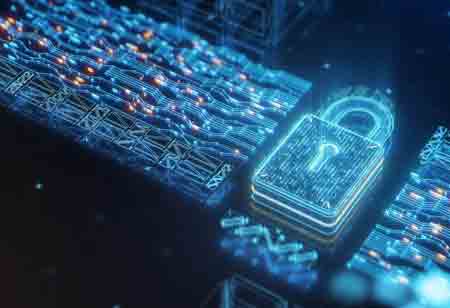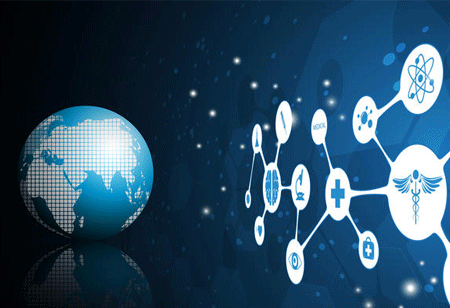THANK YOU FOR SUBSCRIBING
Key Benefits of HPC Applications and How they Save Your Money
High-performance computing refers to a system's ability to analyze massive amounts of data and execute complicated models quickly. HPC applications, as a result

By
Apac CIOOutlook | Tuesday, October 12, 2021
Stay ahead of the industry with exclusive feature stories on the top companies, expert insights and the latest news delivered straight to your inbox. Subscribe today.
High-performance computing refers to a system's ability to analyze massive amounts of data and execute complicated models quickly.
Fremont, CA: High-performance computing refers to a system's ability to analyze massive amounts of data and execute complicated models quickly. HPC applications, as a result, need massive computational power to analyze terabytes, petabytes, or even zettabytes of data in real-time. As a result, HPC is based on the principles of computing, networking, and data storage.
That getting stated, below are some significant high-performance technological applications that have affected the globe.
- Understanding the Viral Genome
Although the viral genome can be sequenced, comprehending its invasive pathophysiology in real-time is challenging due to the virus's mutation. However, groundbreaking simulations of these systems are getting developed as a result of high-performance computing. And it assists decision-makers.
COVID-19 is a virus that is actively evolving. However, a simulation of its mechanism of action can assist researchers in comprehending the majority of its changing characteristics. Such finding not only allows scientists to determine where a vaccination should target on the COVID-19 viral DNA. However, it also serves as a model for establishing a predictive behavioral pattern for some of the most infamous infectious agents ever discovered. As a result, medication and vaccine development in the fight against numerous infectious agents becomes less expensive, quicker, and more efficient.
- Autonomous Driving Technology
The algorithm necessary to control a driverless car is sophisticated, and it must do several complex computations in real-time. In essence, an autonomous truck or automobile cannot afford any latency in any of its functions. As a result, they require a very dependable computing speed to function.
Accident simulations, obstacle detection, and quick and precise reaction to senses are essential features of autonomous vehicles that operate wisely and securely.
Of course, developing self-driving vehicles aims to use deep learning's precision to decrease road accidents and precisely anticipate where to travel.
- Augmented Reality
With developing technology and advances in cloud computing, augmented reality will undoubtedly transform dreams into actuality.
Augmented reality can aid in the selection and testing of items. And it's as if one is seeing them in person. For example, AR allows users to see how clothes and accessories appear before purchasing them.





